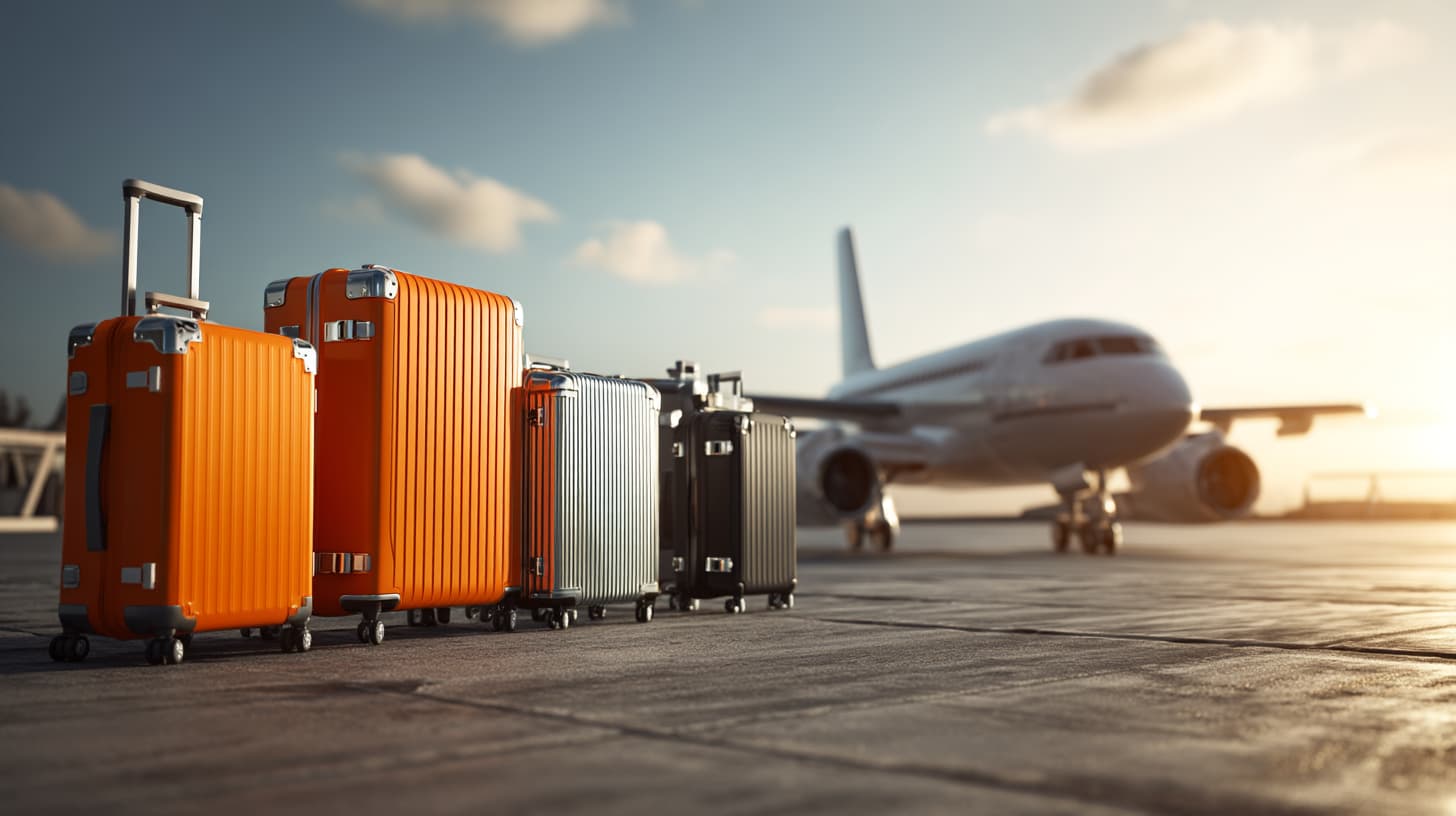How New International Standards Affect Luggage Packing and Carriage in Modern Air Travel
Air travel has always demanded a balance between efficiency, safety, and passenger comfort. As the world becomes more connected and the volume of travelers continues to rise, the rules and regulations governing luggage have evolved. Recent years have seen the introduction of new international standards that impact how passengers pack, check in, and carry their bags. These changes are not just technicalities—they have real effects on travelers’ routines, airlines’ logistics, and even the environment.
Why Do Luggage Standards Change?
The aviation industry is regulated by a combination of national authorities (such as the FAA in the United States, EASA in Europe, and the Civil Aviation Administration of China) and global organizations, most notably the International Air Transport Association (IATA) and the International Civil Aviation Organization (ICAO). These bodies periodically review and revise baggage rules to address new security concerns, technological advances, airline capacity, and sustainability goals.
Recent changes in international standards have been driven by several factors:
- Passenger safety and security: Addressing risks related to dangerous goods, batteries, and prohibited items.
- Streamlined operations: Making baggage handling faster and reducing lost luggage incidents.
- Standardization: Helping passengers predict what to expect, regardless of which airline or country they fly with.
- Environmental responsibility: Encouraging lighter packing to reduce aircraft weight and lower carbon emissions.
Key Changes in International Baggage Standards
- Size and Weight Restrictions Become Universal
For many years, each airline—and sometimes each country—had its own rules for the maximum size and weight of checked and carry-on bags. Today, international standards are becoming more harmonized. IATA, for example, has promoted guidelines for cabin baggage (typically 55 × 35 × 20 cm, or about 21.5 × 13.5 × 7.5 inches) and standard weights (usually 7–10 kg for carry-on, 23 kg per checked bag).
This harmonization makes it easier for passengers with connecting flights on different airlines, but it also requires travelers to be more mindful when packing. Exceeding these limits often results in additional fees or forced repacking at the airport.
- Stricter Rules on Batteries and Electronics
One of the most significant changes in recent years concerns lithium batteries, which are found in phones, laptops, e-bikes, and other devices. International standards now require that spare lithium batteries are only allowed in carry-on bags and must be properly protected. Airlines are obligated to enforce these rules, and security checks have become more rigorous.
Passengers must pack electronic devices so that they can be easily screened, and in some cases, power them on at security checkpoints to prove they are functional.
- Baggage Tracking and RFID Technology
To tackle the persistent issue of lost luggage, IATA has introduced a resolution (753) that requires airlines to track bags at multiple points—check-in, loading, transfer, and arrival. This often means attaching RFID (radio frequency identification) tags to luggage, allowing for real-time updates and greater transparency.
For travelers, this means fewer lost bags and the ability to track luggage using airline apps or global platforms.
- Ban on Certain Items and Enhanced Security
International security standards have led to bans on various items, such as powders over a certain amount, certain aerosols, and liquids above 100 ml in carry-on luggage. Additionally, items like self-balancing boards (hoverboards), smart bags with non-removable batteries, and even some types of cosmetics have faced bans due to fire risks or regulatory issues.
Travelers must now check up-to-date lists of prohibited items before packing to avoid delays and confiscations.
- Sustainability and Eco-Friendly Packing
Environmental awareness has prompted some airlines and regulatory bodies to encourage lightweight luggage, reusable bags, and even bans on single-use plastics in packing. The idea is that lighter planes consume less fuel, and less waste improves airport operations and environmental impact.
Some airlines have also introduced incentives—such as bonus points or discounts—for passengers who travel with only hand luggage or with lighter checked bags.
How Do These Standards Affect Travelers?
Packing Decisions
Travelers now need to be more strategic about what and how they pack. Using digital luggage scales, organizing items by category, and packing in accordance with international size and weight limits are all becoming routine. Many choose multi-purpose clothing, compact electronics, and vacuum-sealed packing cubes to maximize space and minimize weight.
Pre-Flight Preparation
It’s more important than ever to check the latest baggage rules for all airlines involved in a trip. Most airline websites and ticketing platforms now highlight these standards, and mobile apps send alerts if policies change.
At the Airport
Check-in counters are stricter about size and weight. Self-service kiosks may require a bag to be weighed and measured before printing a luggage tag. Security lines can be faster if passengers pack electronics and restricted items in easy-to-reach places. RFID baggage tracking gives peace of mind but also requires careful bag tagging.
During Connections and International Transfers
Standardized baggage rules simplify connecting flights between different carriers, but passengers still need to be aware of exceptions (such as local restrictions or unique airline policies). Delays or surprises are less frequent, but when they occur, real-time tracking and clear guidelines help with resolution.
What’s Next for Baggage Standards?
Looking forward, experts anticipate further digitalization and automation. “Smart luggage” with GPS tracking and mobile notifications is already on the market, though only if batteries are removable. Some airports are testing biometric check-in for bags, and blockchain-based systems for luggage tracing may soon emerge.
There’s also growing interest in ultra-light materials, modular suitcases, and even subscription luggage services for frequent flyers. At the same time, environmental standards are likely to become even stricter, with potential limits on total baggage weight per passenger or carbon credits for minimal luggage.
Conclusion
The evolution of international standards for luggage packing and carriage is making air travel safer, more efficient, and more sustainable. For passengers, these changes mean adapting to new rules, staying informed, and packing smarter than ever before. As technology and environmental consciousness continue to shape aviation, travelers can expect even more changes in the years to come—changes designed to make the journey smoother for everyone, from check-in to landing.




